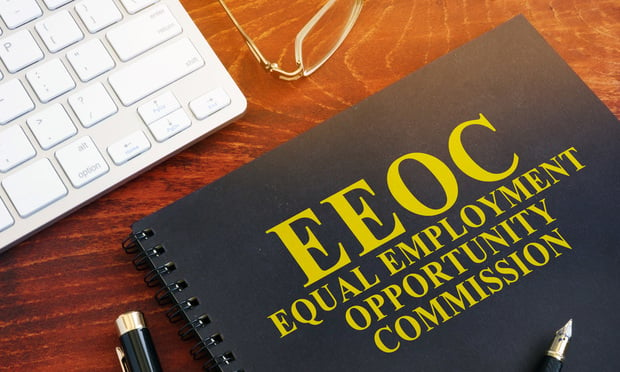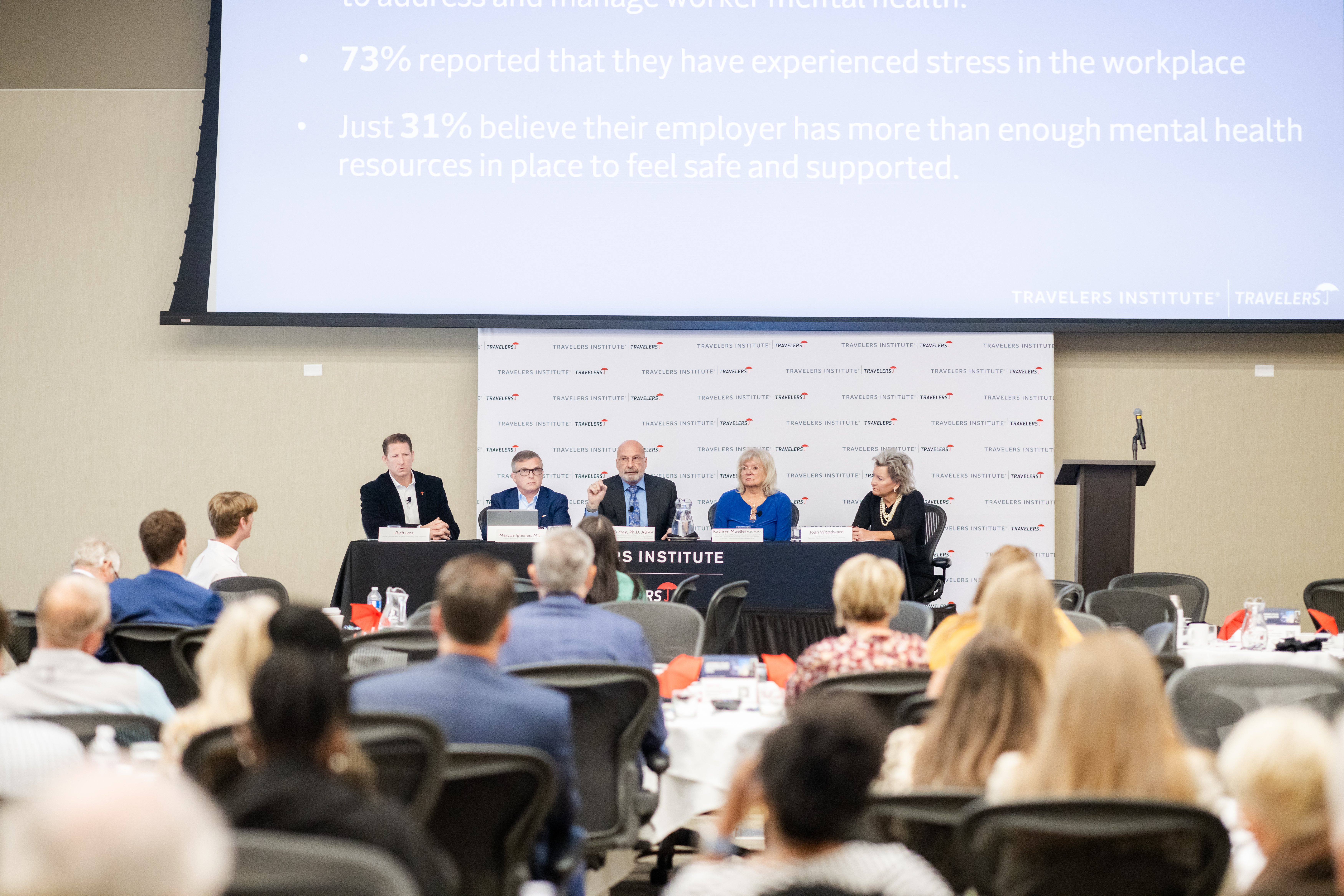 Marty Traynor is vice president of voluntary benefits at Mutual of Omaha.
Marty Traynor is vice president of voluntary benefits at Mutual of Omaha.
I recently came across an article in the New York Times by Margot Sanger-Katz headlined “Getting Sick Can Be Really Expensive, Even for the Insured.” It opens with this sentence: “When you get really sick, the medical bills may not be your biggest financial shock.”
The article goes on to say what we in the voluntary benefits market have known for years: The cost of a serious medical condition is far more than simply the cost of the medical treatment.
Recommended For You
Complete your profile to continue reading and get FREE access to BenefitsPRO, part of your ALM digital membership.
Your access to unlimited BenefitsPRO content isn’t changing.
Once you are an ALM digital member, you’ll receive:
- Breaking benefits news and analysis, on-site and via our newsletters and custom alerts
- Educational webcasts, white papers, and ebooks from industry thought leaders
- Critical converage of the property casualty insurance and financial advisory markets on our other ALM sites, PropertyCasualty360 and ThinkAdvisor
Already have an account? Sign In Now
© 2025 ALM Global, LLC, All Rights Reserved. Request academic re-use from www.copyright.com. All other uses, submit a request to [email protected]. For more information visit Asset & Logo Licensing.








